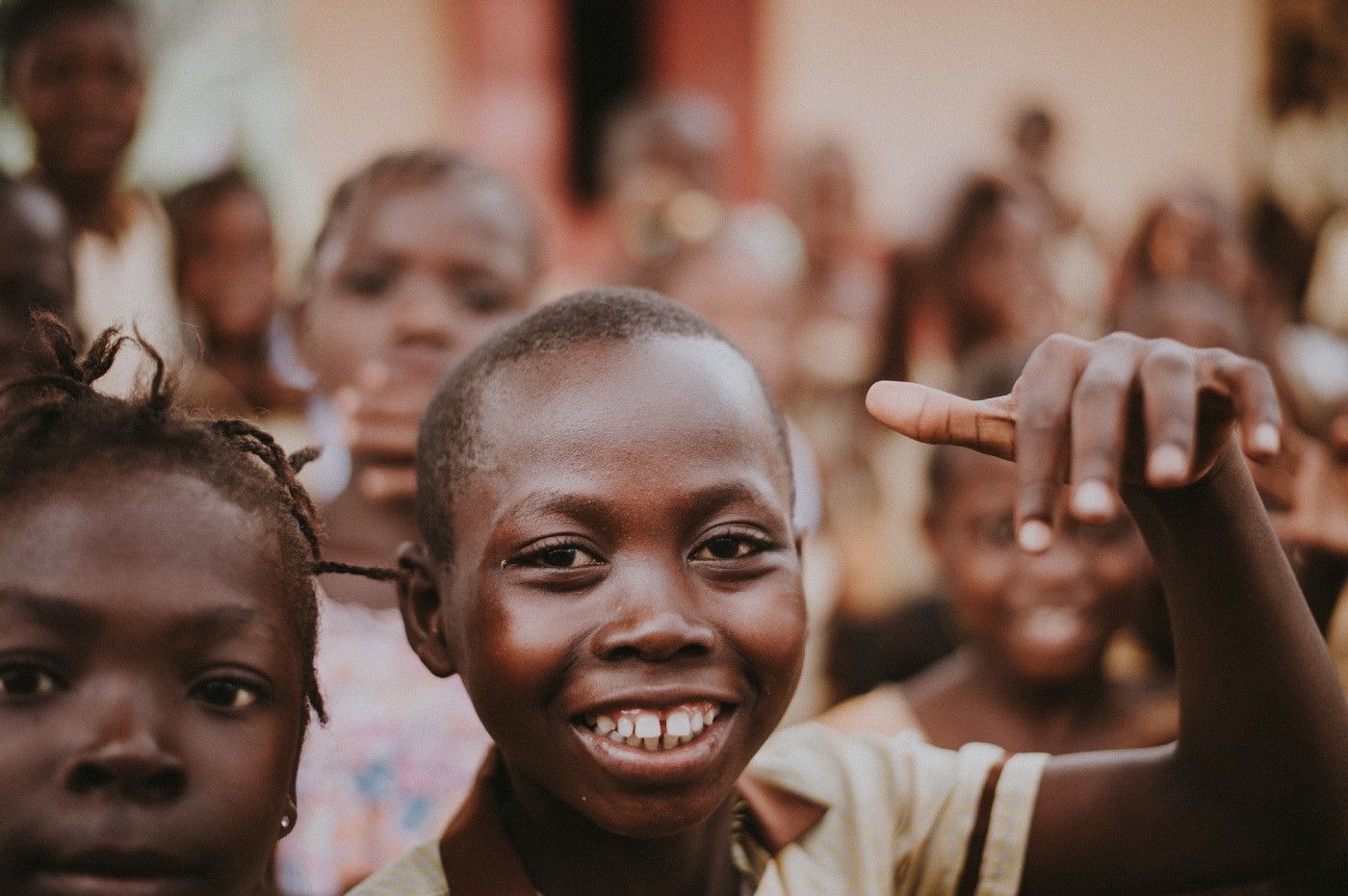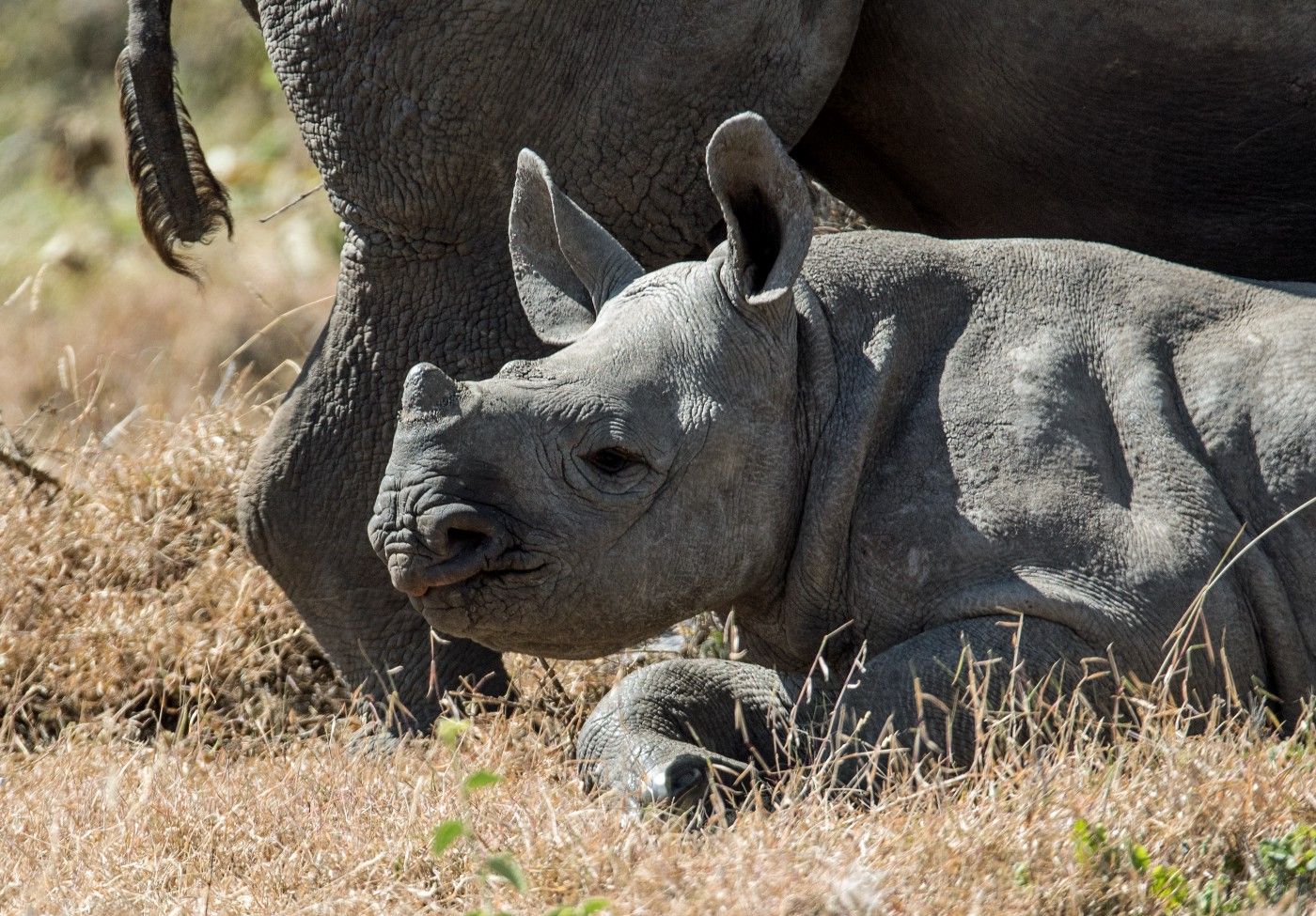How rhinos and other great animals are getting a second wind in the shadow of Mt. Kenya
I sat in the partial shade of the picnic table a few yards from Morani’s Restaurant at Ol Pejeta, a massive combination of animal conservancy, farming and animal rehabilitation (mixed land use) about four hours north of Nairobi, Kenya. I was listening to Samuel Mutisya, who is Head of Conservation for this huge property, which is busy rewriting what’s possible for Africa’s uneasy future balancing both animal and human needs.
Ol Pejeta (it’s Maasai, you pronounce the J, and loosely translated it means “place of fire and smoke”) started life in the 1930s. Many of the area’s residents in the nearby town of Nanyuki are white, in part because of the 100-year land leases offered to colonial immigrants. Many of those leases still stand, for the tax and economic benefits of those leases and the land use continue to outweigh other considerations.
Ol Pejeta covers more than 90,000 acres, a great sprawling countryside characterized by the high straw-colored grasses, rutted roads used by tourists and employees, wandering animals ranging from elephants making use of water provided by the strategically-placed concrete reservoirs, and the wandering rhinos. Some, with babies.
The rhinos, now numbering 167, are among Ol Pejeta’s crowning achievements. Fully 75,000 acres of the conservancy are dedicated to these animals, which share the land with Thompson’s gazelles (Tommies), big cats, jackals, great roaming herds of zebras, giraffes and a host of both large and small animals that make up the African landscape.
Ol Pejeta is where the world’s last surviving Northern white rhino, Sudan, died at the ripe old age of 45, loved and carefully cared-for. His memorial stands along with tombstones to other grand animals, elephants and rhinos, under a spreading tree out on the plains. You can drive or ride horses out to see them. These creatures lived well, ate well and lived a normal life, largely protected from the poachers who wanted only to rip away tusks and horns, leaving their bleeding carcasses for the vultures.
One rhino handler said to me later, as I hung myself out the window of my Land Cruiser in order to scrub the butt of one the resident female rhinos (she liked it, good thing), that he “couldn’t imagine anyone’s wanting to kill such a beautiful animal.”
Precisely.
Samuel explained that with rhinos, the key number for a sustainable population is 100. They need 2000 in the wild to survive the pressures of people, climate change and poaching. Given that rhinos take about seven years to reach maturity and they live an average of about 28 years, a female might- given the proper conditions- produce about ten offspring during her lifetime. That means that growing an adequate population happens over decades, not just in a few years. So Ol Pejeta has to plan for the long view, and in the meantime, also plan for the inevitable effects of disease, predators and poaching.
In the meantime, the desire for the horns of these animals (and the tusks of the resident elephants) hasn’t abated. If anything, it’s grown due to the sudden explosion of middle classes in Asia, where the firm belief that rhino (and tiger and other animal parts) convey magical properties of strength and sexual potency. It doesn’t matter that such claims are baseless. They are firmly embedded in cultural beliefs. So when Asians suddenly have funds to afford what had previously been only available to a few, the pressure for those precious parts rises exponentially
Ol Pejeta, according to both Samuel and Victor, has enjoyed being able to get a 15,000 Kenyan shilling per acre value out of the land it uses. That’s compared to about 800 KSE per acre on its neighbors’ property.
And here’s the kicker: Ol Pejeta has a successful business model which covers the cost of their operating expenses. What that means to donors and those of us who want to invest in such an operation, one hundred percent of every dollar, shilling, euro etc. goes straight to conservation.
In case you didn’t get the importance of that the first time, let me rephrase. All too often, when you and I give money to an international conservation outfit, a goodly portion of our investment has to be shaved off the top for operating expenses. The way Ol Pejeta is designed, their businesses (agriculture, livestock, etc) cover the operating expenses. So if you donate $1000, every single penny of that thousand dollars goes directly to rhino conservation, if that is your wish.
Not only is that good news for the animals, that’s terrific news for donors who are tired of feeling as though their dollars weren’t well-spent. That is one of many reasons why plenty of people are being sent to Ol Pejeta to learn what they’re doing, how they’re doing it and how to replicate it elsewhere.

As I was to learn later that visit from Ian Miruir, who heads up the diverse and extensive Community Department Programs (CDP) part of the long-term strategy that Ol Pejeta is using is to invest heavily in ensuring that their neighbors are better able to maximise their land in many if not all of the same ways.
The CDP is the second biggest expense on Ol Pejeta, and is comprised of:
- Education (which is broad, and includes everything from building schools to scholarships)
- Health
- Agriculture/Agribusiness (which is also very broad, and includes everything from teaching better farming practices to providing seed and better crop varieties to providing chickens for breeding)
- Livestock (which is also very broad, which includes a local vet for artificial insemination, purchasing local livestock and disease prevention programmes)
- Energy
I was able to witness first-hand a number of the education, agriculture and livestock activities. Suffice it to say that those involved in these projects on both sides (from the perspective of Ol Pejeta and the community members) are not only very excited about their work and the results, but also where it’s all headed.
Samuel and Victor, along with the talented and capable staff who toured me through the vast conservancy (I have to go back, if for no other reason than that there is so much more to see), are energized by their work. While the challenges are daunting, there are many bright spots which show considerable promise.
Both the neighboring farms/conservancies and the local populations are learning that there are good reasons to get involved with, learn from and cooperate with Ol Pejeta. They have made the success of the local community a primary focus in their overall strategy. The schools, farms, and businesses are all seeing the benefits of how this massive tract of mixed use land that is so committed to ensuring the future for Africa’s great mammals is just as committed to the future of its people. For there to be success, the two priorities must benefit from each other, not at the expense of one priority over the other.
Other conservancies are taking, note, and there are many efforts afoot to help replicate their model.
And that’s very good news for these babies:

Comments powered by Talkyard.